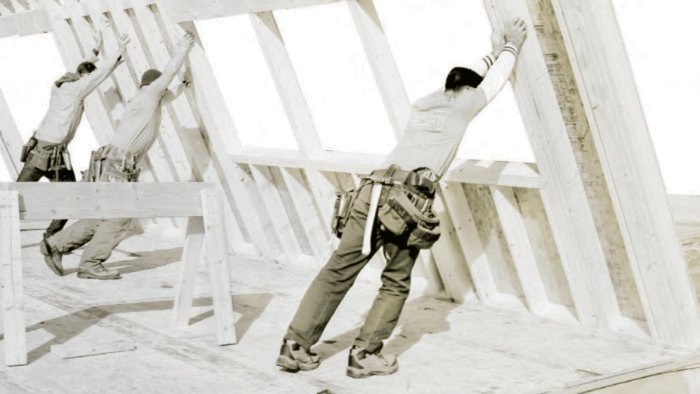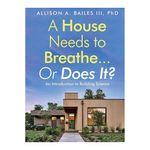Why Don’t We Build Better Houses?
Although we know how to build healthy, comfortable, durable homes, mostly we don’t...but not because it’s too expensive.

Synopsis: In this article, editor at large Kevin Ireton explains that the country’s building scientists have developed better roof and wall assemblies, moisture-control strategies, and insulation approaches that improve the efficiency of a house, but most builders are not using these strategies to build better houses. There are multiple reasons, including the vastness of the building industry and the inability to communicate with all builders outside of the slow-to-develop building codes, and builders’ lack of confidence in these new building practices. Ireton also explains the issue of expense—a better house is more expensive on the outset, but pays for itself in operating costs. However, real-estate appraisers and mortgage loan companies don’t place more value on better-performing, energy-efficient houses, and buyers care more about location, size, and design details than energy costs.
According to Harvard’s Joint Center for Housing Studies, there will be around a million-and-a-half housing units built in the United States this year (unit includes apartments, condos, and single-family houses). Most of these units will be built to the standard of the applicable building codes. That sounds like a good thing, but remember that the code is a minimum standard, so a house that simply meets code requirements is the worst house you can legally build.
Our building codes, especially those related to energy use, are subject to the vagaries of politics and special interests. They take years to propose and years to adopt, and even then enforcement is spotty. At the time of this writing, only nine states have adopted the latest model energy codes (the 2015 International Energy Conservation Code), a majority of states (31) haven’t even adopted the 2012 model energy codes, and 10 states either have no statewide code or their code predates the 2006 IECC.
Meanwhile, a lot of work has been done in the past 20 years to improve the way we build houses. Thanks to the EPA’s Energy Star program and the U.S. Department of Energy’s Building America program, many of the country’s building scientists have developed better roof and wall assemblies, moisture-control strategies, and insulation approaches that greatly improve the efficiency of a house.
 Click View PDF below to read the full article.
Click View PDF below to read the full article.
From Fine Homebuilding #267
Fine Homebuilding Recommended Products

Pretty Good House

Code Check 10th Edition: An Illustrated Guide to Building a Safe House

A House Needs to Breathe...Or Does It?: An Introduction to Building Science


View Comments
I think that this is changing in the current generation of smart housing. People want their homes to be more efficient and eco-friendly. The energy s storage and technology integration will help to work the home towards an improved function and utility to the home owners.